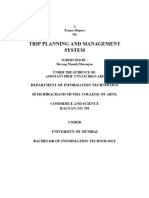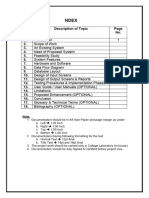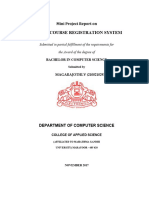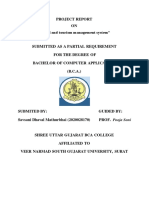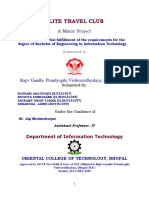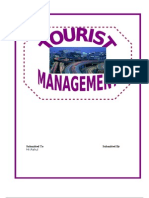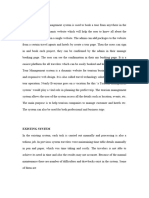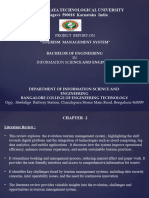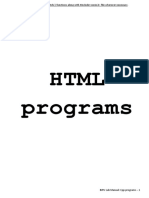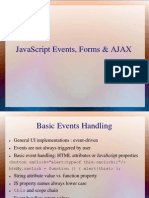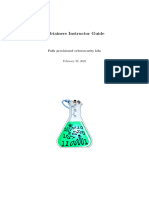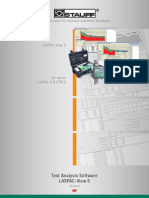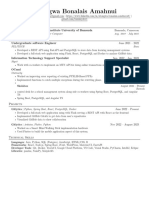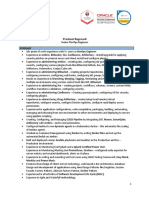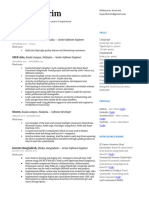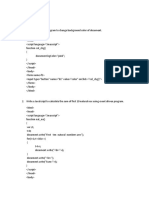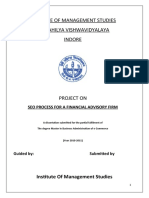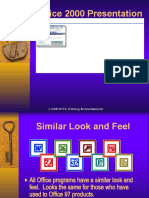0% found this document useful (0 votes)
15 views19 pagesSample Doc of Report
The document is a project report on the 'Tourism Management System' submitted by Jay B. Patel and Meet S. Prajapati as part of their Bachelor of Computer Application course. It outlines the project's objectives, which include developing a web-based platform to streamline travel planning and management, and describes its various modules for users, admins, and guests. The report also details the technologies used in the project, emphasizing the system's user-friendly design and operational efficiency in the tourism industry.
Uploaded by
All StatusCopyright
© © All Rights Reserved
We take content rights seriously. If you suspect this is your content, claim it here.
Available Formats
Download as PDF, TXT or read online on Scribd
0% found this document useful (0 votes)
15 views19 pagesSample Doc of Report
The document is a project report on the 'Tourism Management System' submitted by Jay B. Patel and Meet S. Prajapati as part of their Bachelor of Computer Application course. It outlines the project's objectives, which include developing a web-based platform to streamline travel planning and management, and describes its various modules for users, admins, and guests. The report also details the technologies used in the project, emphasizing the system's user-friendly design and operational efficiency in the tourism industry.
Uploaded by
All StatusCopyright
© © All Rights Reserved
We take content rights seriously. If you suspect this is your content, claim it here.
Available Formats
Download as PDF, TXT or read online on Scribd
/ 19








